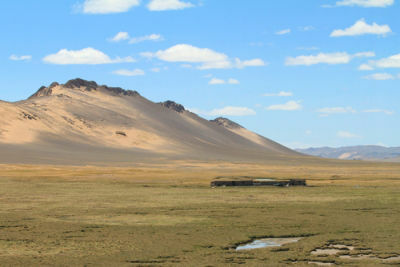We know that nerve impulses must pass from one cell to another for a response to a given signal to occur. For this to occur, the presence of a specialized region, which is called synapse. It can be defined as the region of proximity between the end of a neuron and a neighboring cell, where nerve impulses are transformed into chemical impulses due to the presence of mediators chemicals.
One neuron synapses with several other neurons. It is estimated that a single nerve cell can make more than a thousand synapses. They usually occur between the axon of one neuron and the dendrite of another. However, some less common synapses may occur, such as axon with axon, dendrite with dendrite, and dendrite with cell body.
Axons have several branches and, at the end of them, expansions called presynaptic buttons are found. This button is separated from the membrane of the other neuron or muscle cell through a space called synaptic cleft.
Do not stop now... There's more after the advertising ;)
In the presynaptic button, there are several mitochondria, in addition to vesicles that are filled with a chemical that is called
neurotransmitters, which are capable of altering the permeability of the postsynaptic neuron membrane. As examples of neurotransmitters, we can mention acetylcholine and norepinephrine.When a nerve impulse arrives at the presynaptic button, neurotransmitters are released into the synaptic cleft. They undergo diffusion across the synapse and reach the postsynaptic neuron, binding to membrane receptors. Some neurotransmitters have an excitatory function at a synapse, while others may have a function of inhibiting the impulse. Synaptic inhibition can also occur through decreased excitatory neurotransmitter release.
Neurotransmitters are continuously produced by synaptic buttons or even by the cell body. However, frequent and excessive stimulation can lead to depletion of this substance and, consequently, stop the impulse, thus functioning as a means of protection.
By Ma. Vanessa dos Santos
Would you like to reference this text in a school or academic work? Look:
SANTOS, Vanessa Sardinha dos. "What is a synapse?"; Brazil School. Available in: https://brasilescola.uol.com.br/o-que-e/biologia/o-que-e-sinapse.htm. Accessed on June 27, 2021.



